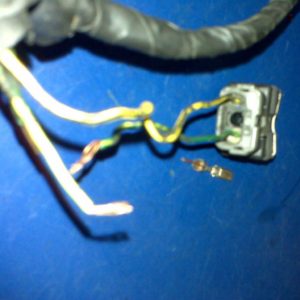A very common question we receive relates to why the same connector is offered in multiple options and what those options mean. Ballenger Motorsports will typically offer a connector in three varieties.
- Connector Housing Only. This product provides the customer with the plastic connector housing and any secondary locks the housing requires. There are various reasons customers want to purchase the housing alone.
- Connector Kit. A connector kit provides the connector housing with any secondary locks as well as terminals and seals for the customer to crimp directly onto their harness. This does require some crimping skill and may require a crimp tool. We offer crimping & stripping tooling here. We also provide a terminal crimp validation chart here. You should check your work and validate your crimp quality!
- Connector Pigtail. We perform the work of crimping & striping the wire and provide you with a connector housing with pre-assembled wire leads. In some special cases, the wires may not be inserted in the housing but typically the pigtail comes fully assembled. We recommend you use unsealed butt connectors and adhesive lined heatshrink when completing your weather sealed connection. Our pigtails do not come with these items because of the wide variance in customer preference.



